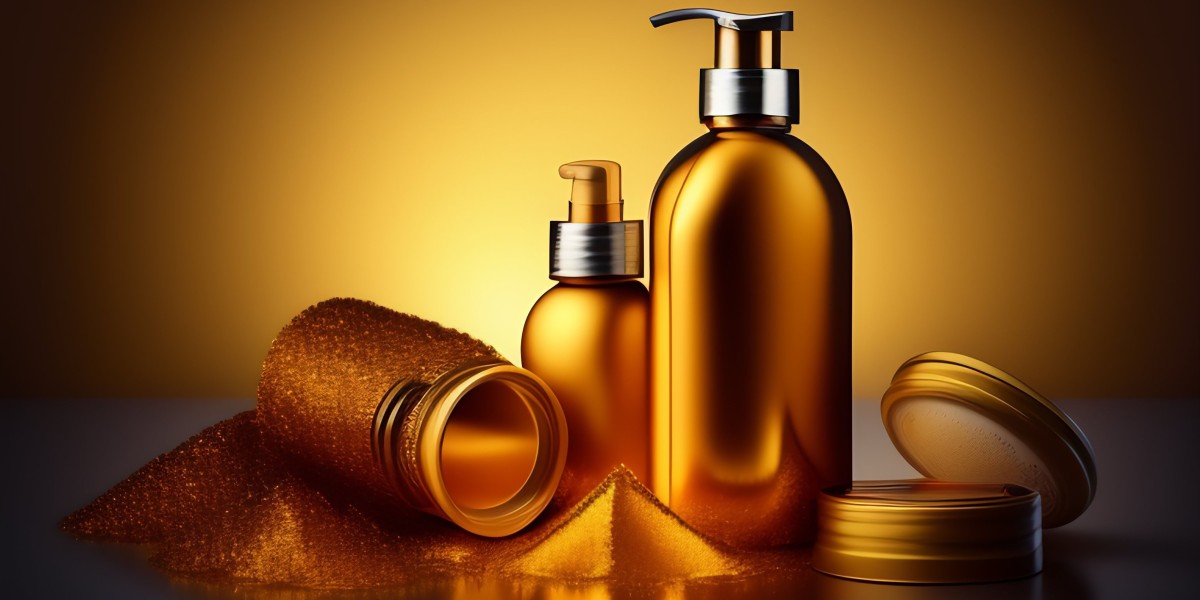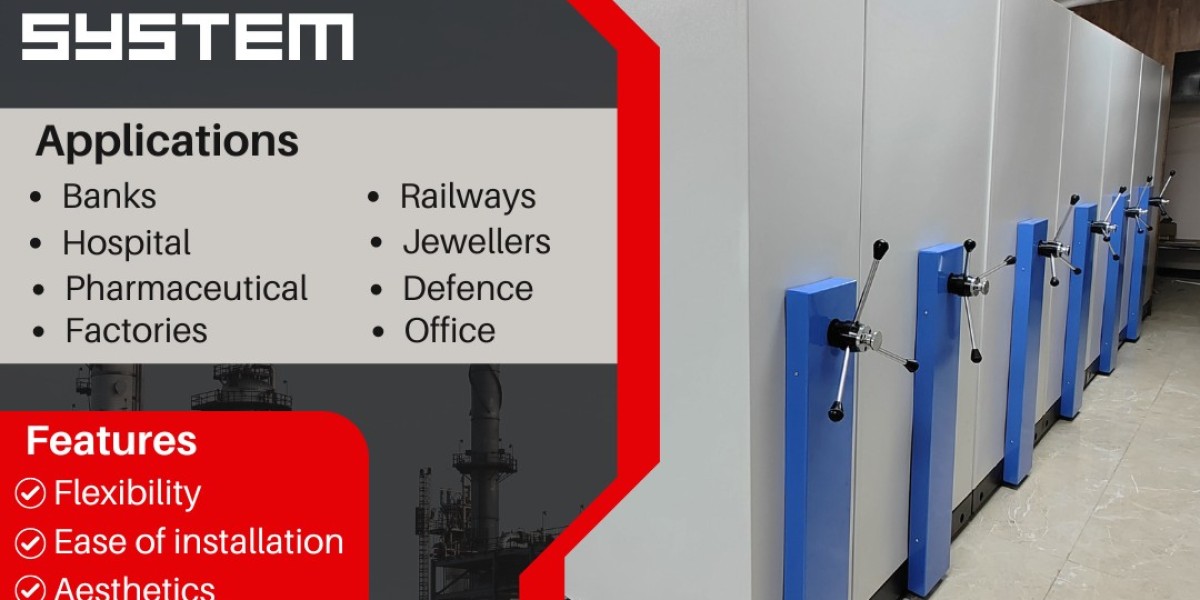The Rise of Luxury Skincare and Makeup
Over the past few decades, the cosmetics industry has seen tremendous growth, especially in the premium and luxury segments. Where makeup was once viewed as merely functional, many consumers now see high-end beauty products as a treat and investment in self-care. Prestige brands have capitalized on this shift by emphasizing detailed formulations and ultra-luxurious textures and packaging. According to market research firm Euromonitor International, the global luxury beauty market was valued at over $80 billion in 2020 and is projected to grow by 4-5% annually through 2025.
Skincare Takes Center Stage
Driving much of the luxury market’s gains has been the explosion in demand for high-performing skincare. While makeup sales may fluctuate with trends, consumers are increasingly prioritizing anti-aging and corrective skincare routines using products featuring advanced active ingredients, luxurious textures, and precise formulations. Estee Lauder reported a 14% rise in skincare sales for their 2019 fiscal year versus only 3% growth for makeup. Brands like La Mer, Sulwhasoo, and Dr. Barbara Sturm have found success marketing “medical-grade” formulations and customization options to a clientele seeking visible anti-aging results. Furthermore, the “glass skin” trend originating in South Korea emphasizes hydrated, luminous complexions attainable through multistep premium routines.
Premium Cosmetic Personalization and Customization
Consumers now expect more personalized experiences from their favorite beauty brands. As a result, many prestige labels now offer extensive color ranges and custom blending services. Bobbi Brown led the way with its custom color services where clients could have shades precisely matched to their undertones. Brands like Armani, Dior, and Nars have followed suit with expanded foundation ranges and customizable products like lipsticks and eyeshade palettes where clients can build their perfect shades. Additionally, the popularity of DNA and genetic skincare testing services like Skin Genome and Biologique Recherche's personalized consultations show a rising demand for hyper customized solutions.
Premium Cosmetic Wellness Influences Formulations
The wellness boom has significantly shaped today’s luxury beauty market. Consumers increasingly expect their skin and makeup products to offer holistic benefits beyond basic miniaturization and coverage. As a result, premium brands prominently feature ingredients like antioxidants, probiotics, adaptogens, peptides, and specialized serums addressing specific concerns like pollution, blue light damage, or hormonal imbalance. Brands like AmorePacific, Eve Lom, and LA Prairie market themselves as leaders in advanced “bio-cellular” technologies and formulations with active ingredients inspired by traditional East Asian medicine. Even mass brands like Neutrogena and Aveeno now market higher-priced Anti-Stress lines emphasizing wellness properties.
Premium Cosmetic Sustainability and Ethics
Sustainable and ethical sourcing practices have become an important consideration for prestige buyers. Brands are responding by emphasizing eco-friendly packaging, utilizing sustainably harvested ingredients like community-trade argan oil or Amazonian cocoa, converting to refillable compacts and palettes, and sourcing from women-run cooperatives. Luxury giants likeChanel, L'Oreal, Estee Lauder and LVMH have also launched “positive luxury” initiatives supporting causes like biodiversity conservation, female empowerment, and fair trade. This aligns their image with millennial and Gen Z consumers’ values around social and environmental responsibility. Transparency around ingredients and formulation has also increased through features like ingredient glossaries and sustainability reports on company websites.
Impact of Social Media and Influencers
The rise of social media platforms like YouTube, Instagram and TikTok has massively impacted the luxury beauty world. Online influencers with dedicated followings have become powerful forces driving viral sales of prestige products through sponsored content and paid partnerships. Brands now heavily rely on influencer marketing budgets and collaborate with top “Beauty Gurus” to introduce new launches, trends and tutorials.Furthermore, user-generated content shared across platforms has allowed consumers to experience premium beauty in an accessible, visual way from their smartphone screens. This has been key to expanding brands’ reach beyond physical stores.The rise of “clean girl” and “clean beauty” aesthetics on TikTok and Instagram in particular have spotlighted indie natural brands using social proof of glowing complexions.
Exclusive Retail Experiences
As competition heats up, prestige labels must deliver exclusive, memorable retail experiences that can’t be replicated online.Brands like Chanel, Dior and Armani operate global flagship “houses” conceived as luxurious destinations rather than transactional stores.Patients are treated to Masterclasses, personalization services using virtual try-on mirrors, and luxe atmosphere transcending typical beauty counters.Sephora’s “Beauty Insider”program and rewards including exclusive products and events foster customer loyalty in a competitive space. Pop-up shops, personal shopping services, and immersive destinations like Tom Ford’s global boutiques blur boundaries between fashion, art, food and beauty for an indulgent experience driving impulse purchases.
In summary, the premium beauty industry has been energized by demand for sophisticated formulations aligning skincare with holistic wellness and makeup offering personalized customization. Social media exposure has boosted niche brands while flagship stores create experiential retail environments cementing prestige brands’ luxury positioning. With continued emphasis on sustainability, personalization and results-driven innovation, the market looks set for continued strong growth well into the future.
JACK SMITH
8 Blog posts



